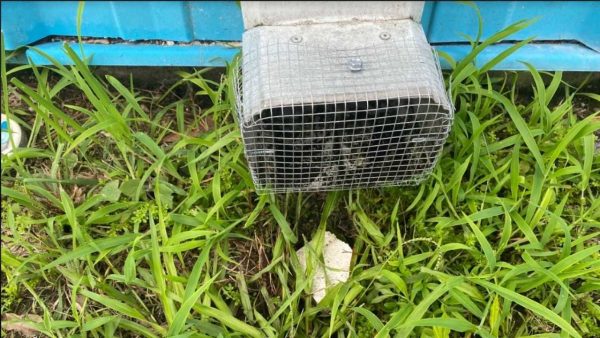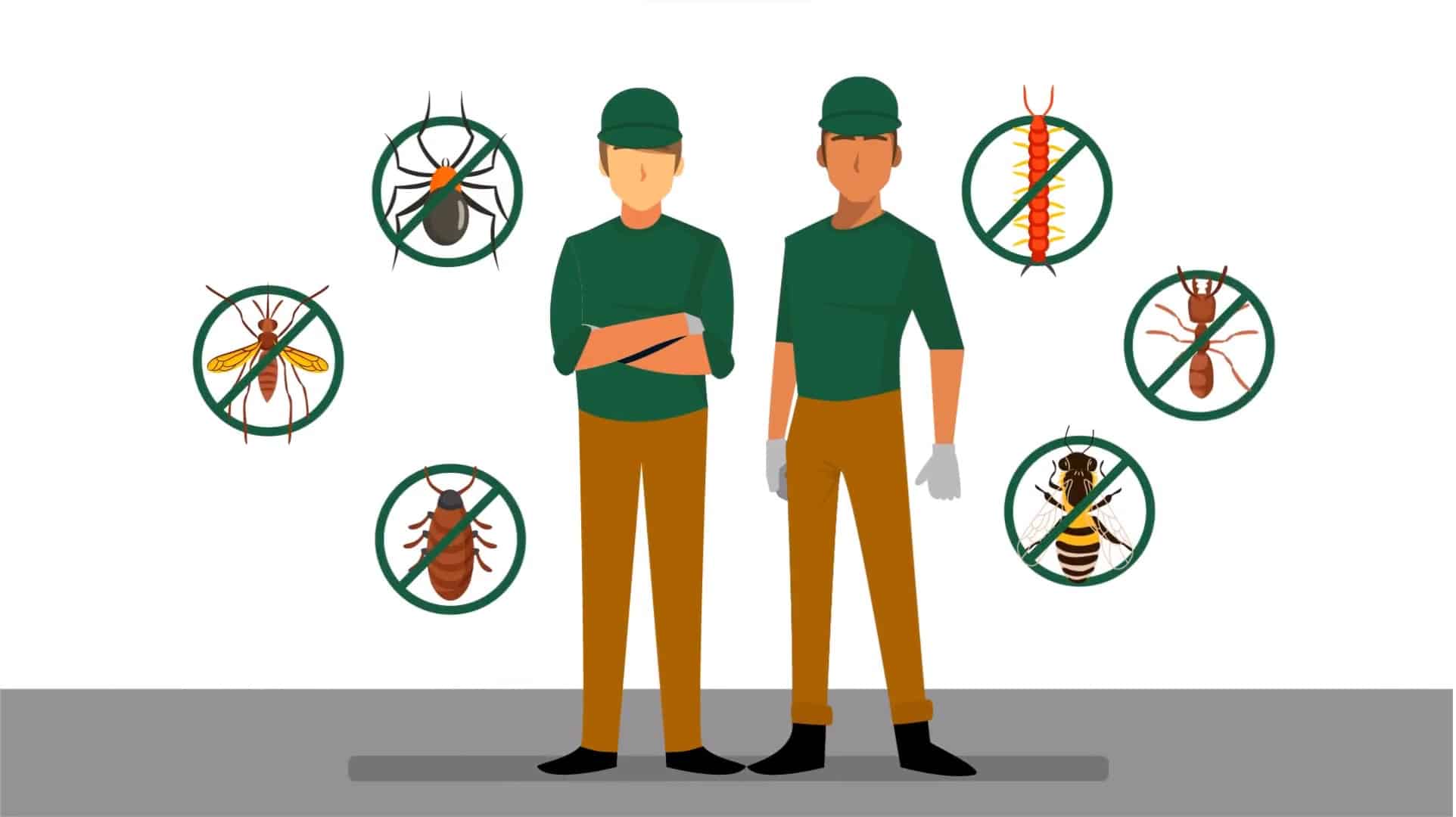Certified Commercial Pest Control Service in Port Charlotte
Certified Commercial Pest Control Service in Port Charlotte
Blog Article
Comprehensive Guide to Recognizing Pest Control Approaches and Their Therapy
Understanding insect control approaches is important for efficient monitoring of undesirable organisms that present risks to wellness, agriculture, and property. This comprehensive overview will check out numerous approaches, including chemical options, biological methods, and mechanical approaches, all under the umbrella of Integrated Insect Monitoring (IPM) As we examine these methods, it becomes progressively clear that the option of strategy can considerably influence both human interests and environmental balance. What aspects should be taken into consideration when picking the ideal insect control approach for a specific situation? The solution may bring about even more lasting methods than one might initially presume.
Overview of Insect Control Methods
Pest control techniques include a variety of approaches created to manage and remove undesirable organisms that can harm human wellness, farming, and building. Reliable bug management is essential for maintaining the honesty of ecological communities and making certain the safety of food supplies. These approaches can be extensively classified right into three key methods: cultural, mechanical, and organic controls.

Cultural control includes modifying farming methods or ecological problems to lower bug facility and recreation. Mechanical control depends on physical barriers or devices to avoid insect gain access to or straight eliminate them.
Organic control makes use of all-natural predators, parasites, or microorganisms to manage pest populations. This technique emphasizes environmental equilibrium and can include introducing advantageous insects, such as ladybugs or predacious nematodes, to handle parasite visibility.
Integrated bug administration (IPM) combines these strategies, utilizing a holistic approach that stresses avoidance, surveillance, and accountable administration. By using a mix of these methods, bug control can be a lot more lasting and reliable, minimizing reliance on chemical interventions while safeguarding human health and the atmosphere.

Chemical Pest Control Solutions
A variety of chemical pest control solutions are offered, supplying reliable options for managing bug populaces when various other techniques may fall brief. These services mainly consist of pesticides, herbicides, fungicides, and rodenticides, each made to target specific bugs while reducing damage to non-target microorganisms.
Pesticides are particularly efficient versus an array of insects, consisting of ants, roaches, and termites, and can be identified as contact or systemic agents. Call pesticides kill bugs on contact, while systemic insecticides are absorbed by plants, making them hazardous to pests that feed on them. Herbicides are made use of to control unwanted plant life, whereas fungicides are essential for handling fungal conditions that can harm crops and ornamental plants.
Furthermore, integrated pest management (IPM) concepts need to be utilized, combining chemical remedies with social, mechanical, and biological strategies for lasting parasite control. This all natural technique not just improves pest administration efficiency but additionally minimizes potential ecological effects associated with chemical usage.
Organic Pest Control Techniques
Organic bug control methods offer an environmentally pleasant choice to chemical techniques by using natural predators, bloodsuckers, or virus to take care of pest populations. This strategy leverages the environmental partnerships between organisms, advertising a balanced ecological community while reducing chemical deposit in the environment.
Among the most typical organic control methods entails the introduction of all-natural enemies. Ladybugs are employed to manage aphid populations, while parasitic wasps can target caterpillars and various other bugs. These natural predators effectively reduce pest numbers without hurting advantageous pests.
Additionally, microbial representatives such as germs, fungis, and viruses are made use of to contaminate and kill certain pests. Bacillus thuringiensis (Bt), a normally occurring germs, is extensively utilized to manage caterpillars and various other larvae, showcasing the effectiveness of microbial insect control.

Physical and Mechanical Methods
Regularly employed in incorporated bug management methods, physical and mechanical methods function as effective devices for regulating bug visit this web-site populaces without using chemicals. These strategies depend on physical barriers, catches, and other mechanical devices to avoid or remove bugs, making them environmentally pleasant options.
Physical techniques consist of using obstacles such as insect netting, screens, or row covers that physically obstruct bugs from accessing plants. This is especially useful in farming setups where crop protection is important. Furthermore, habitat adjustment, such as eliminating debris and standing water, can decrease insect reproducing websites, therefore minimizing problems.
Mechanical techniques incorporate traps, which can be developed to catch details parasites. Sticky catches and pheromone catches prevail instances that lure and retain bugs, facilitating monitoring and control. Vacuuming is an additional mechanical strategy, effective for removing parasites from interior environments, specifically in instances of infestations.
Preventative Pest Monitoring Approaches
Reliable preventative parasite administration strategies are crucial for preserving healthy settings and lessening pest-related problems before they develop (Pest Control in Port Charlotte, FL). These strategies concentrate on positive measures that decrease the possibility of bug infestations by attending to the origin causes

Another crucial strategy entails proper landscape design techniques (Pest Control in Port Charlotte, FL). Maintaining vegetation trimmed and far from buildings can decrease harborage locations for bugs. Similarly, implementing incorporated parasite administration (IPM) strategies that consist of keeping an eye on bug populaces and utilizing organic controls can cultivate a well balanced community that naturally subdues pest numbers.
Education and learning and training for staff and locals on recognizing early signs of bug task are also crucial elements of an efficient preventative program. By cultivating an environment of awareness and alertness, companies and house owners can considerably improve their insect administration initiatives and secure their areas versus future invasions.
Conclusion
Finally, effective insect control needs a complex approach that incorporates chemical, biological, and mechanical approaches. Utilizing an Integrated Bug Management (IPM) framework enables the sustainable administration of parasites while reducing ecological effect. Preventative techniques further enhance the effectiveness of these approaches, ensuring long-term security of health, visit this web-site farming, and building. Ultimately, a comprehensive understanding of these varied parasite control techniques is important for attaining effective results in pest administration initiatives.
Report this page